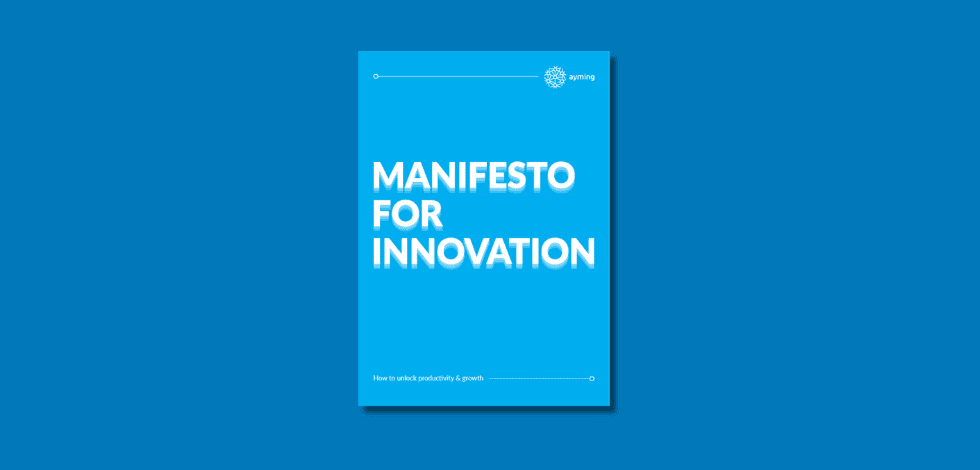To fully maximise an R&D tax claim’s potential, increasing numbers of companies are looking at their claims on a real-time basis.
There are some key benefits to carrying out a claim in this way:
- Projects reviewed live, in-year as they happen
- R&D works are fresh in the minds of those involved with assessments, and information more readily obtainable
- Increases claim value through interaction efficiency and improved capture of projects
- Delivers a smoother, less time-intense, and more efficient claim process
- Allows client to use benefit strategically to fund R&D work on projects and support future projects and bid work
- Provides real-time R&D expenditure reporting and forecast of expected annual R&D benefit
The core of an R&D tax claim process is to review which projects undertaken by a company qualify as R&D for tax purposes within a given financial period. A real-time capture approach reviews projects a company regularly undertakes during an accounting period instead of a retrospective exercise after the year-end date.
A real-time capture approach increases the claim value and delivers a smoother and more efficient claims process. It also unlocks additional value from the claim process, such as the ability to track R&D spend in real-time, enables reliable forecasting, and supports the pro-active use of the R&D benefit to influence the strategic direction of live projects.
Ayming performs assessments on live projects
In a real-time capture process, we perform assessments on live projects as, or shortly after, a client undertakes work. As a result, those involved in a project will find it far easier to talk through and access the information required to assess whether it qualifies for a claim. Suppose an individual is actively or recently engaged in carrying out work. In that case, it will be easier for them to recall and obtain important technical and financial details for the assessment when compared to a retrospective claim looking back up to three years. This means that the individual is less likely to miss qualifying activities, increasing the potential claim value, and leads to a quicker, more accurate assessment that uses less of their time.
Real-time capture also guards against the loss of knowledge that can occur when individuals leave a business or when data repositories get shut down or archived at the end of the projects. Another advantage of real-time capture is that if the qualifying R&D found in the assessment process is ongoing, individuals in the business can then capture notes on the going claimable works and know the key metrics to record to substantiate them.
Real-time R&D capture at Ayming
Take, for example, a project that we recently assessed on a real-time basis related to the use of a new type of concrete, with activities related to testing its properties and performance includable in the claim. We required essential information to maximise the claim. This included details on the project areas where the client tested new concrete, the number of people involved, proportions that the client scrapped, testing timescales, considerable ongoing technical challenges in its development, and the relevant supplier and worker costings. As the project was live, the individual could easily recall these facts, using their ongoing experience and technical notes. Crucially, they could also confirm with the current site teams on the activities’ duration, which led to a larger claim as the activities took more labour time than the individual thought himself. As the R&D activity was live and ongoing, the real-time process enabled the individual to track the identified qualifying elements and document the information to support the future works’ substantiation in a targeted, efficient manner.
Adopting a real-time capture process allows strategic use of the R&D benefit to influence and support future works. The benefit can commercially tip the scales to favour using a new approach on a project or extending testing and technical works to gain additional insight.
Providing a competitive edge
A company can factor in the R&D tax claim benefit to bid pricing and provide a real competitive edge. It allows a business to offer a new or improved innovative solution, requiring more technical resource, for the same price as a business-as-usual one, with the additional resource cost covered by the tax benefit received. Say, for example, an existing, tried-and-tested solution required 900 hours of work and a new innovative approach 1000 hours. If that new approach fully qualified for RDEC, 130 hours cost would be claimable, reducing “true” cost to 870 hours. Effectively, we could offer the new approach to a client for the same price. This mechanism can deliver better solutions for clients and develop new knowledge for the business and broader industry, pushing practices forward in the relevant sector.
Real-time capture can generate a forecast of the expected R&D tax claim benefit for a business for the current accounting period. This is a useful internal indicator of an R&D tax claim’s expected magnitude, and a company can use this for financial forecasting purposes. The reporting allows a company to take pro-active action to remedy potential issues with a claim process, for example, an area with a lower-than-expected forecast due to a lack of engagement from an individual or team.
The proposed “Making Tax Digital” changes for Corporation Tax align with the real-time capture approach. With a similar ethos to the described real-time capture methodology, the Making Tax Digital vision is to have a “fully digital tax system that works closer to real-time”. One of the proposed ways to achieve this is through a requirement for entities to submit quarterly updates. These will have an option to include the indicative effect of anticipated claims to incentives, into which the real-time captured R&D tax claim can feed directly.
There’s no one size fits all for real-time R&D capture
So, what does a real-time capture process look like? We design the process to fit the business it serves, with the nature, range, and size of activities a key determinant. A hybrid, sampling-based approach could better serve a large company, with projects selected quarterly and information streamlined by an automated data analytics package. A smaller business, or one with fewer projects, could rely on a high-level monthly screening of work to allow targeted assessments to occur as and when they identify potential works.
The efficient embedment of a real-time process and deployment of effective systems to enable it is crucial. The real-time methodology requires a centralised and standardised system to capture data and progress the claim. Without this, it runs the risk of becoming less time-efficient than a retrospective claim, eroding its additional value.
Ayming has extensive experience in successfully deploying real-time capture approaches for our clients and developing the right real-time capture process to take your business’s R&D tax claim further.
Discover how Ayming can help your business go further:













No Comments